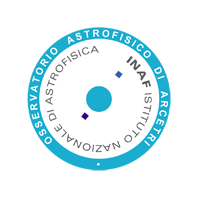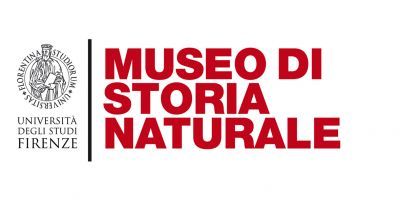- Home
- Project Overview
- Members
- Partners
- Meetings
- Events
- Resources
- Deliverables
- Contact Us
- Home
- Programme
- Topics and Invited Speakers
- Registration and Abstract Submission
- Venue
- Travel Information
- Accommodation
The organizers gratefully acknowledge the generous support of:
Venue

Natural History Museum of Florence
With ten million specimens and over four centuries of history, the Museum of Natural History of the University of Florence is the most important Italian natural history museum and one of the largest in the world. The Museum is organized in eight sections located in various parts of Florence: Anthropology and Ethnology, Biomedicine, Botany, Chemistry, Geology and Palaeontology, Mineralogy, Botanical Garden, Zoology. All the collections are actively studied, conserved, expanded and exhibited in order to transmit the extraordinary patrimony of scientific and historical knowledge that is the true value of a museum. The spirit of the Renaissance, which marked the beginning of the modern age and produced an effective synthesis between science and art in Florence, still animates the Museum, where the desire for renovation is admirably combined with the wish to maintain ties with tradition.
The Skeletons Hall on the ground floor (visitable by appointment) hosts the Osteological Collection, one of the most important in Italy and still being steadily increased and consulted by Italian and foreign zoologists and palaeontologists. The 3000 specimens kept here include skulls, bones and complete skeletons of vertebrates (especially mammals). They are all bones of modern animals and not fossils. The display of the specimens is visually striking: standing in the centre of the room, hanging from the ceiling or situated in the display cases. Among the many rarities are the Sunda rhinoceros, the thylacine (or Tasmanian tiger), the platypus and various anteaters. Three extraordinary whale skeletons hang from the ceiling, while in the centre of the hall stand the giraffe (Giraffa camelopardalis) and the large skeleton of the Indian elephant (Elephas maximus) described by Linnaeus.
Il Torrino, designed in the late 18th century, is a “small tower” and was an astronomical observatory. Made up of several rooms, its hub consists of the Sundial Room where the movements of the heavenly bodies were observed and the Octagonal Upper Room where 360-degree observations of the sky were made. It houses a selection of objects from the Medici collections including exquisite and valuable bowls, vases, ornamental and ethnographic objects. In addition, there are beautiful life-size wax models of plants and flowers, some sheets of the Central and Cesalpino Herbaria and two paintings by Bartolomeo Bimbi, all dating to the 18th century.
The Galileo Tribune on the first floor is a rare example of neoclassical architecture. It was built and inaugurated in 1841 to celebrate Galileo and experimental science. It also provided a worthy setting for the famous objects belonging to the great scientist and his followers, including the geometric and military compass, an armed magnet, two telescopes and the objective lens of the telescope with which he discovered the moons of Jupiter. Special display cases housed Renaissance instruments and those of the Cimento Academy. At present, all these objects are kept in Florence’s Galileo Museum. At the centre of the apse is the statue of Galileo, while the niches contain frescoes illustrating his astronomical discoveries as well as busts of his most famous students.
 This project has received funding from the European Union's Horizon 2020 research and innovation programme under grant agreement No 640190.
This project has received funding from the European Union's Horizon 2020 research and innovation programme under grant agreement No 640190.

